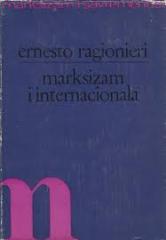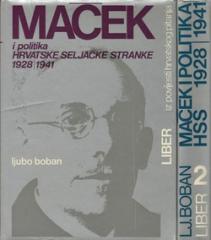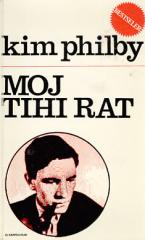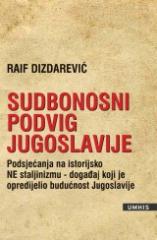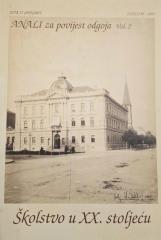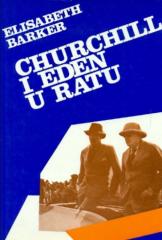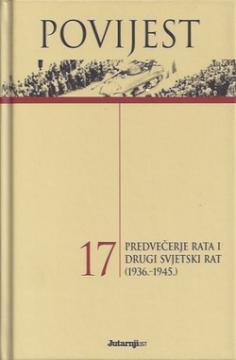
Povijest #17: Predvečerje rata i drugi svjetski rat
Sedamnaesti tom serijala Svetska istorija obuhvata period od 1936. do 1945. godine, fokusirajući se na predvečerje i tok Drugog svetskog rata. Knjiga pruža sveobuhvatan prikaz uzroka, toka i posledica rata, uključujući i početak Hladnog rata.
Globalna ekonomska kriza iz 1929. godine produbljuje političku nestabilnost, podstičući uspon totalitarnih režima. Nacistička Nemačka pod Hitlerom, fašistička Italija i militaristički Japan širili su agresiju. Minhenski pakt (1938) i politika smirivanja nisu sprečili nemačku aneksiju Austrije i Sudeta. Napad na Poljsku 1939. godine započinje rat.
Drugi svetski rat (1939–1945) obeležili su globalni sukobi, holokaust i masovno uništenje. Saveznici (SAD, SSSR, Velika Britanija) suprotstavljaju se silama Osovine. Ključne bitke, poput Staljingrada i Normandije, menjaju tok rata, koji se završava kapitulacijom Nemačke i atomskim bombardovanjem Japana (1945). Rat donosi milione žrtava i menja svetski poredak.
Kulturno, period je obeležen propagandnom umetnošću, dok nauka napreduje kroz razvoj nuklearnog oružja. U hrvatskom kontekstu, ističu se stvaranje Nezavisne Države Hrvatske (1941), saradnja sa silama Osovine, partizanski pokret koji je predvodio Tito i oslobođenje Jugoslavije.
Jedan primerak je u ponudi
